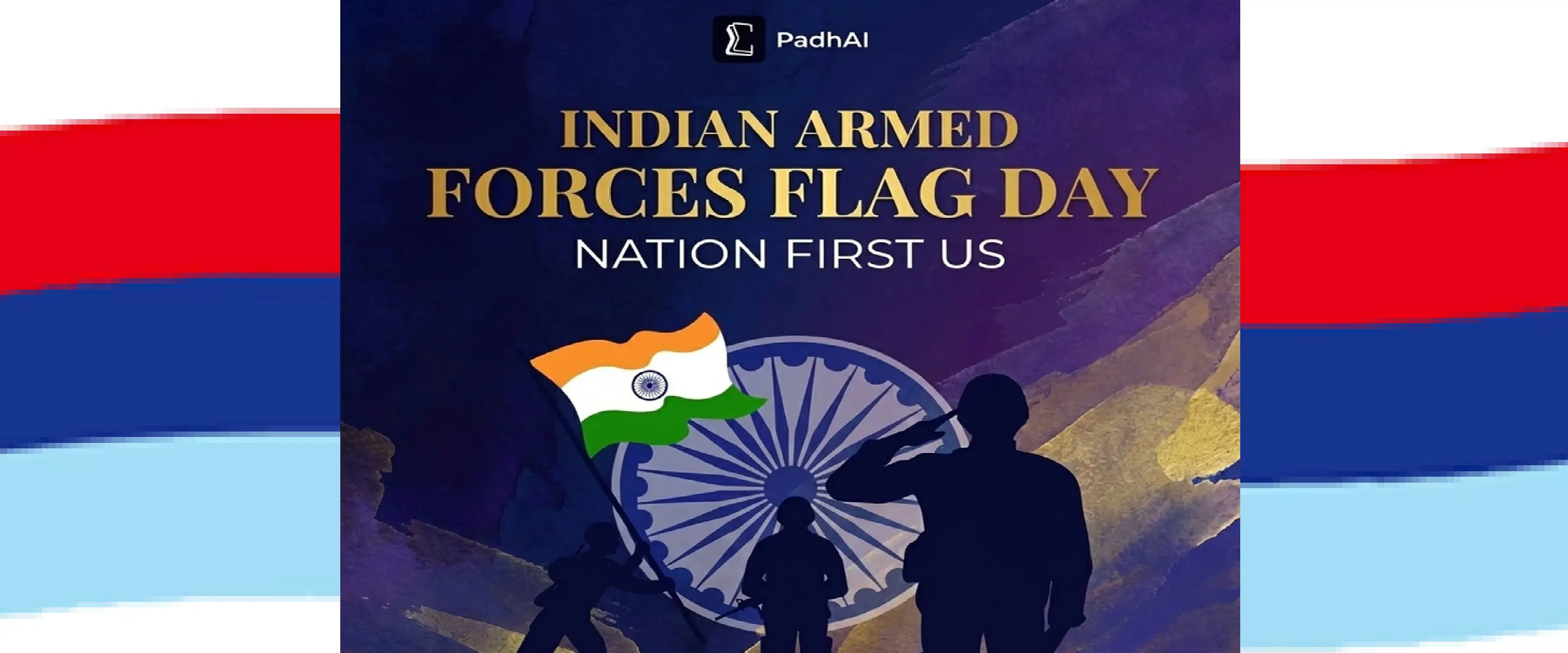INS Vikrant: India’s 1st Indigenous Aircraft Carrier
UPSC Prelims
Current affairs
Latest Update

Gajendra Singh Godara
Oct 22, 2025
8
mins read
1. INS Vikrant (R11)
It was also the first Fleet Carrier to be inducted to the Indian Navy in 1961. Acquired from Britain and weighing at 19,500 tonnes, INS Vikrant proved to be crucial during the 1971 Indo-Pak War.
2. INS Viraat and INS Vikramaditya
INS Viraat served multiple commanding officers throughout its service and was crucial to the Sri Lankan peace-keeping operations and the Kargil Theatre blockade. She was in service till 2017. INS Vikramaditya, India’s largest warship also prior to its commissioning in 2013, was capable of hosting MiG-29K and other attack helicopters.
3. Indigenous INS Vikrant (Indigenous Aircraft Carrier(IAC-1))
The INS Vikrant was designed and manufactured in India, starting 1999. It was commissioned in 2022. This act proved India’s technological advancement in building modern carriers.
INS Vikrant is in the news as Prime Minister Narendra Modi celebrated Diwali 2025 with Navy personnel aboard the carrier off Goa, praising its crew and lauded the armed forces for their valour and success in Operation Sindoor.
What is an aircraft carrier?
An aircraft carrier is a capital warship designed as a seagoing airbase. It features a full-length flight deck and hangars for carrying, arming, launching, and recovering aircraft. Simply put, INS Vikrant exemplifies this concept, a floating airfield that enables naval forces to project air power across vast distances without relying on land-based infrastructure.
Types of aircraft carriers (STOBAR vs CATOBAR)
Modern carriers differ in launch/recovery systems. India’s carriers (including Vikrant) use STOBAR (Short Take-Off, But Arrested Recovery). In STOBAR, jets take off under their own power assisted by a ski-jump ramp and land using arrestor wires.
This is simpler than CATOBAR (Catapult Assisted Take-Off But Arrested Recovery), which uses catapult launch (as on US and French carriers) for heavier planes.
Design and Construction
India's largest ship, INS Vikrant (IAC-1), was designed by the Navy’s Warship Design Bureau, and constructed by Cochin Shipyard Ltd.
Dimensions and Capacity
With 14 decks, the Vikrant carrier has 43,000-45,000 tonnes of displacement, 1,500 personnel capacity, and measures 262 m long and 62 m wide.
Propulsion and Endurance
Vikrant has an endurance of 45 days without resupply, and has an approximate range of 13,890 km ( 8,600 miles ) . Vikrant can achieve a speed of 28 knots, and is powered by four gas turbines of 88 MW.
Aircraft Operations
Vikrant is capable of carrying 30 aircraft, and has a STOBAR system. The aircraft include MiG-29K fighter jets, Kamov-31 AEW and all Vikrant helicopter and planned LCA Navy jets
The air wing provides capabilities for air defense, maritime patrol, anti-submarine warfare, reconnaissance, and strike missions.
Project Cost and Indigenous Efforts
With 76% of systems being of Indian origin, the Vikrant Project, which cost around 20,000 crore rupees, saw over 100 Indian and domestic companies. These provided the engines, weapons, electronics, and radars.
Blue-water capability:
INS Vikrant extends India’s reach far beyond its coasts. A carrier strike group enables India to operate across the Indian Ocean and beyond, fulfilling its goal of a blue-water navy. (Blue-water navy refers to a maritime force capable of operating across deep oceans far from home, distinguishing it from coastal navies.)
Power projection:
With its air wing, Vikrant can patrol, defend, and strike across sea lanes. It bolsters India’s ability to protect trade routes and respond to crises (e.g. evacuations or disaster relief).
Carrier-based jets can target threats long before they reach Indian shores. In effect, Vikrant projects force and deters adversaries.
Symbol of indigenization:
As a largely home-built flagship, Vikrant exemplifies Make in India. It demonstrates India’s capacity to produce advanced warships.
With 76% indigenous content and involvement of dozens of domestic firms, Vikrant is a concrete achievement of “Aatmanirbhar Bharat” (self-reliant India).
Its commissioning placed India among the few nations (US, UK, France, Russia, China) capable of building carriers.
Regional deterrence:
Deploying INS Vikrant sends a strategic message to neighbours. Its recent moves during the India Pakistan war and tensions underline its role in deterring maritime threats and potential attacks on India.
In a crisis, Vikrant can swiftly launch aircraft to dominate contested waters, altering regional military calculations.
Maintaining Influence in Indian Ocean Region:
India’s security is directly linked to and closely enmeshed with that of the Indian Ocean and the adjoining littoral region (IOR)—the area of its primary strategic interest.
The Chinese “pearls” in the Indian Ocean, besides addressing Beijing’s strategic vulnerability in terms of its energy imports, is likely to be aimed at “displacing” India’s influence in the IOR.
Frequently asked question (FAQs)
INS Vikrant represents the pride of India’s growing capability, not only in the defence sector, but also in the shipbuilding industry. Vikrant’s size demonstrates the indigenously built ship’s construction capabilities. The indigenously built Vikrant demonstrates commitment to the indigenization of defence and first naval carrier and construction ship in India.
Currently in the words of Indian authorities “Vikrant is not just a warship; it is a unique reflection of India becoming self-reliant.” Hence, the carrier has become a symbol of self-reliant national pride, kitted out to carry the Indian flag with confidence on the seas.
UPSC Calendar 2026 is released on 15th May, 2025.
UPSC Mains Result 2025 is now released.
Check out the updated and latest UPSC Syllabus 2026 here.
UPSC Notification 2025 was released on 22nd January 2025.
UPSC Prelims Question Paper 2025 and Unofficial Prelims Answer Key 2025 are available now.
UPSC Prelims 2026 will be conducted on 24th May, 2026 & UPSC Mains 2026 will be conducted on 21st August 2026.
The UPSC Prelims 2026 is scheduled for May 24, 2026, while the UPSC Mains 2026 will be conducted from August 21, 2026.
The UPSC Selection Process is of 3 stages-Prelims, Mains and Interview.
UPSC Result 2024 is released with latest UPSC Marksheet 2024. Check Now!












